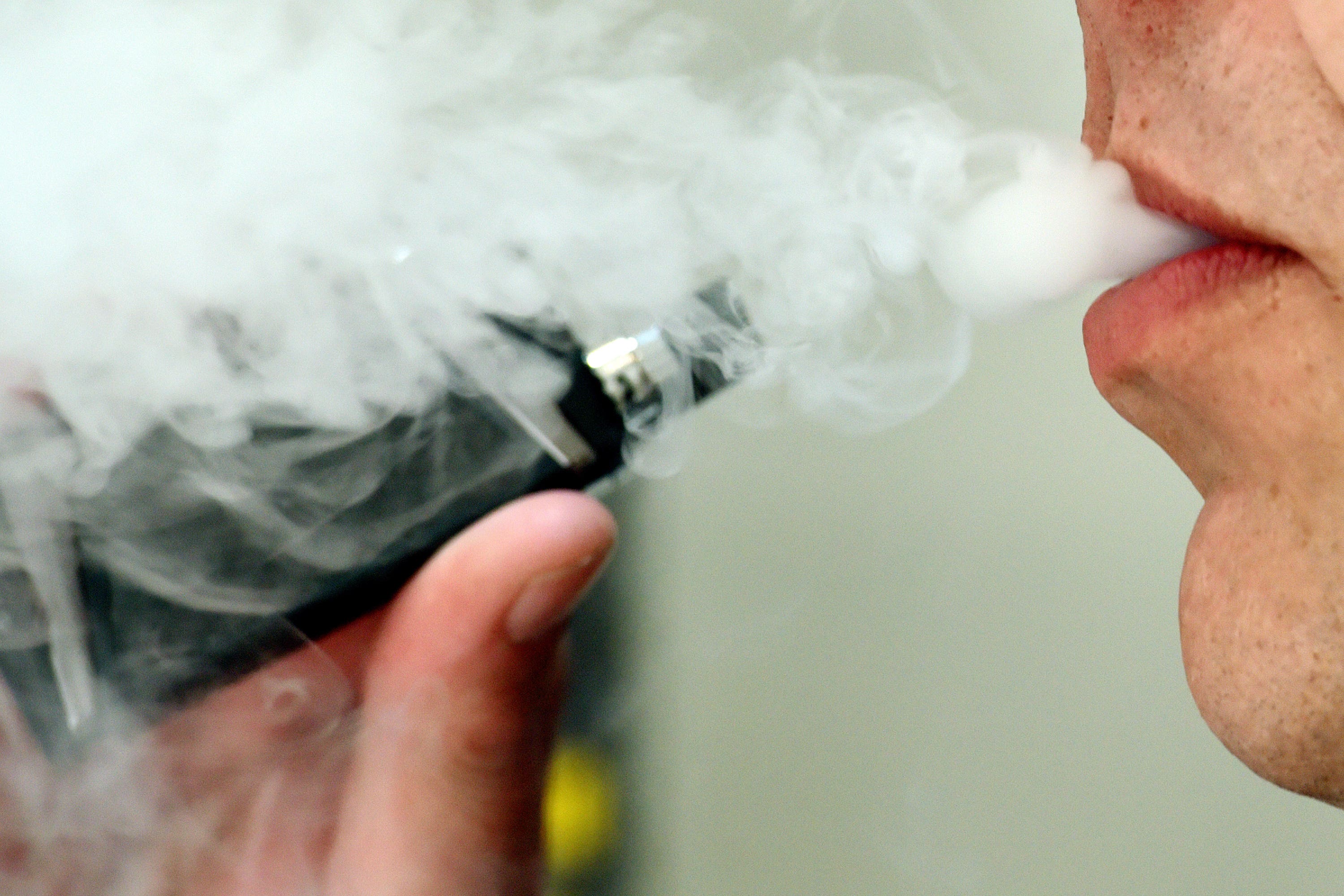Disposable vapes can be recharged hundreds of times, study finds
More than a million devices are thrown away each week, with a valuable mineral ending up in UK landfills.

Your support helps us to tell the story
From reproductive rights to climate change to Big Tech, The Independent is on the ground when the story is developing. Whether it's investigating the financials of Elon Musk's pro-Trump PAC or producing our latest documentary, 'The A Word', which shines a light on the American women fighting for reproductive rights, we know how important it is to parse out the facts from the messaging.
At such a critical moment in US history, we need reporters on the ground. Your donation allows us to keep sending journalists to speak to both sides of the story.
The Independent is trusted by Americans across the entire political spectrum. And unlike many other quality news outlets, we choose not to lock Americans out of our reporting and analysis with paywalls. We believe quality journalism should be available to everyone, paid for by those who can afford it.
Your support makes all the difference.E-cigarette batteries that are being thrown away after a single use can be recharged hundreds of times, research has shown.
Vapes have exploded in popularity in recent years, especially among younger people, and many lithium-ion batteries are not designed to be recharged.
About 1.3 million devices are thrown away in the UK every week, with 10,000 kilograms of lithium winding its way into landfill.
Aside from the waste of potential charges, the batteries also contain nickel, cobalt and organic solvents that are toxic to the environment.
Researchers from UCL and the University of Oxford said “as a bare minimum” the public needs to be more aware of how to dispose of batteries properly.
If you use a low charge and discharge rate, you can see that for over 700 cycles, you still have more than 90% capacity retention
Professor Paul Shearing, senior author of the paper, said: “The surprise for us were the results that pointed toward just how long these batteries could potentially cycle.
“If you use a low charge and discharge rate, you can see that for over 700 cycles you still have more than 90% capacity retention.
“That’s a pretty good battery, actually. And these are just being discarded. They’re being chucked on the side of the road.
“As a bare minimum, the public needs to be aware of the types of batteries going into these devices and the need to properly dispose of them.
“Manufacturers should provide the ecosystem for reuse and recycling of e-cigarette batteries, and also should be moving towards rechargeable devices as the default.”
Publishing their work in the journal Joule, the researchers used microscopes and X-rays to map the structure of the batteries and repeatedly charged and discharged them to see how long they would last.
They are now working on ways to make the batteries more sustainable using different types of lithium and to devise ways of recycling batteries that allow for the removal of some materials without ruining others.
Currently, the mineral is extracted using huge amounts of water in places such as Argentina and Chile, which damages local wildlife and means there is less water for local people.
Cobalt, another material commonly used in batteries, comes predominantly from the Democratic Republic of Congo where miners face brutally unsafe conditions.
The researchers also said that scientists should consider batteries’ life cycles when thinking about their applications.
Prof Shearing said: “That permeates all the work we do, really, whether it’s a vape battery or whether it’s a battery going into an electric helicopter.
“It’s the same kind of thought process where we need to fully understand the life cycle of a battery device.”